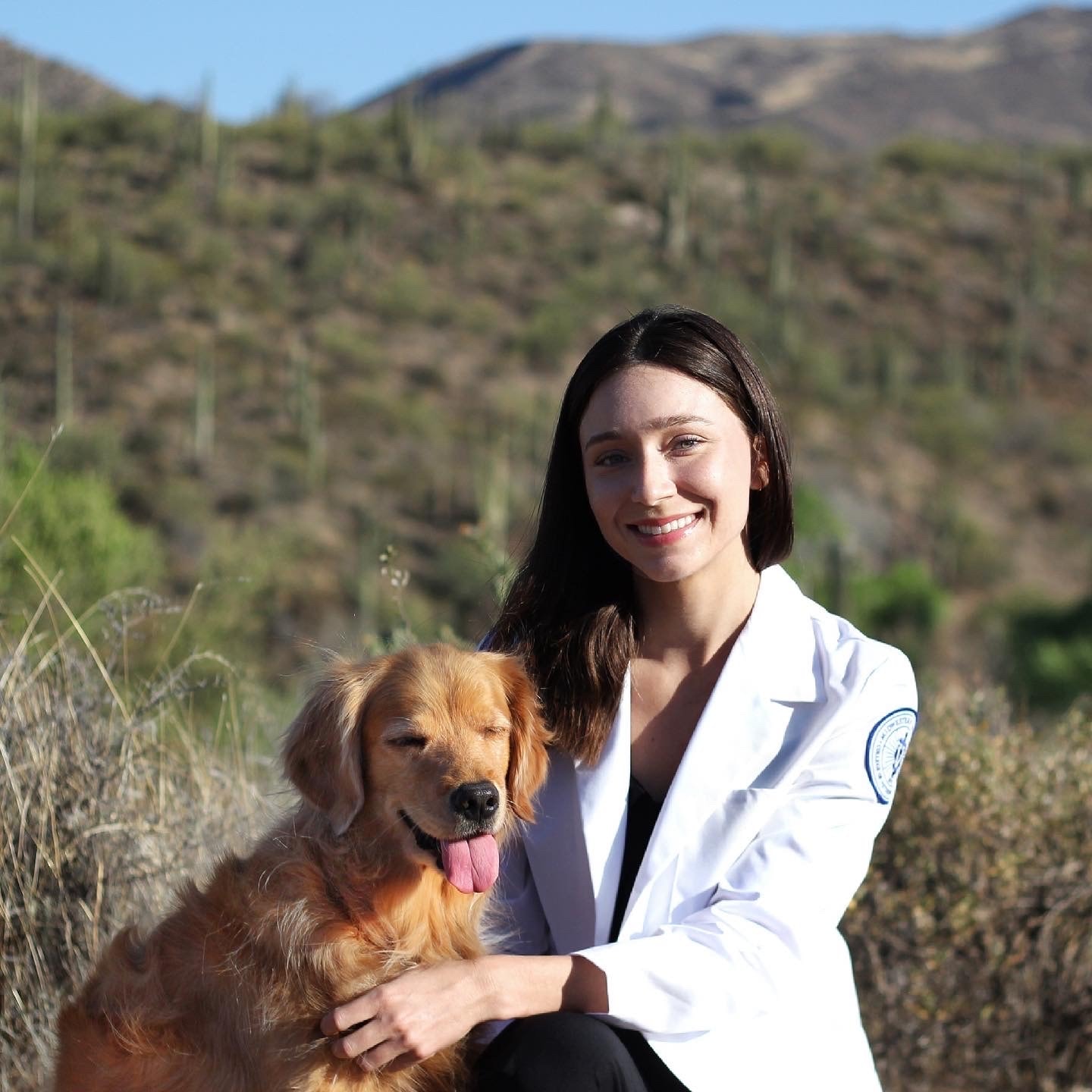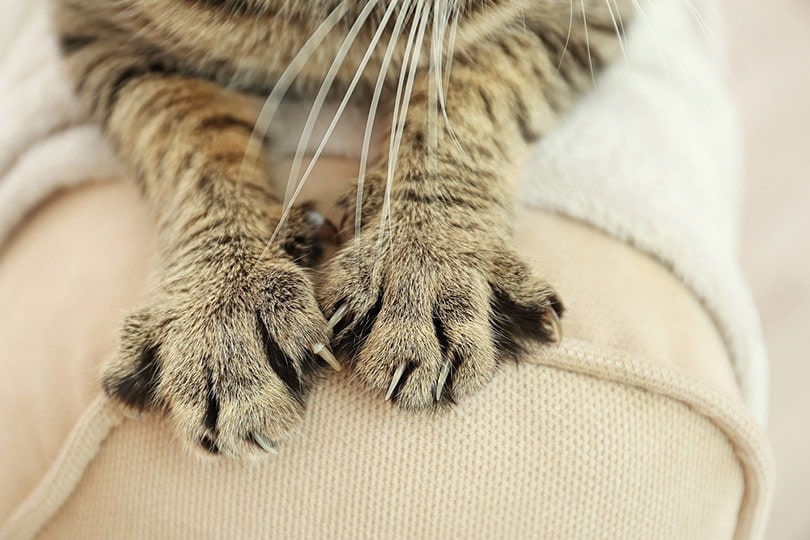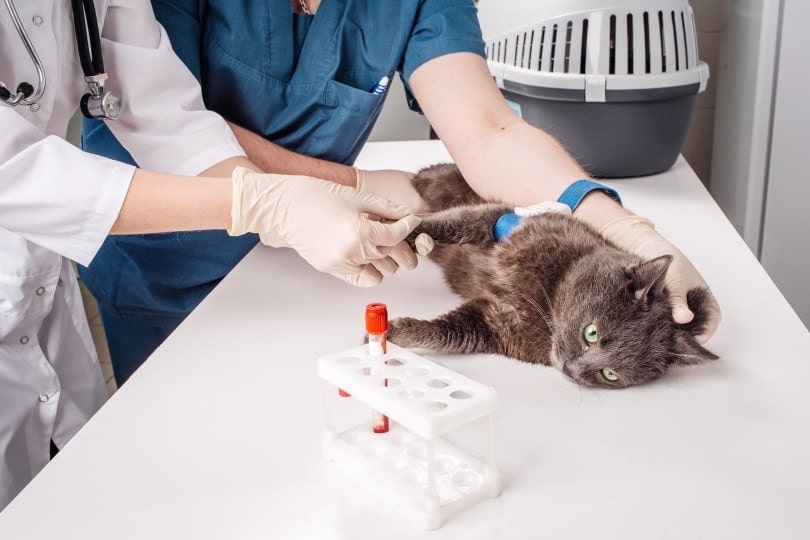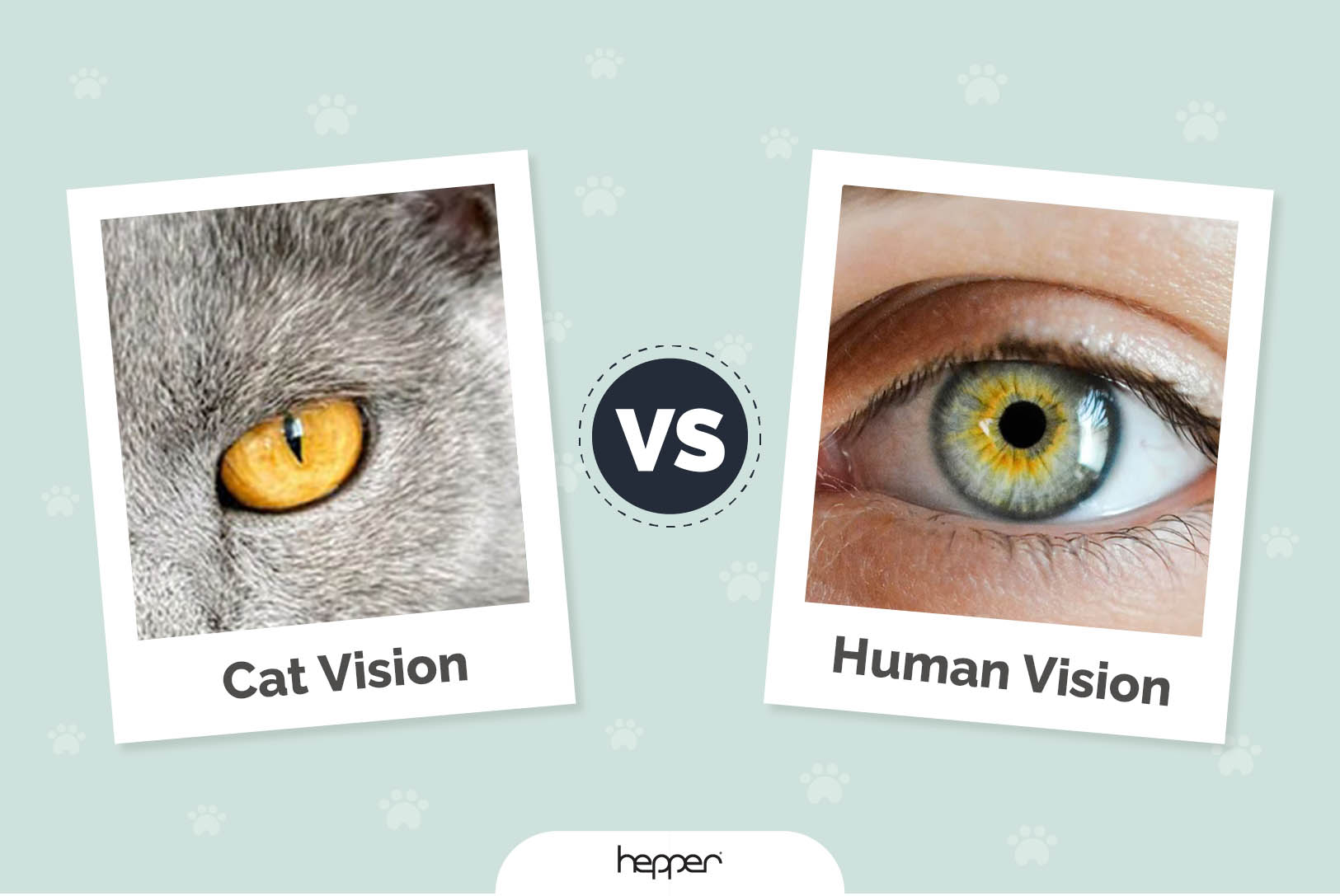Is Ivy Toxic to Cats? Keeping Your Cat Safe

Updated on
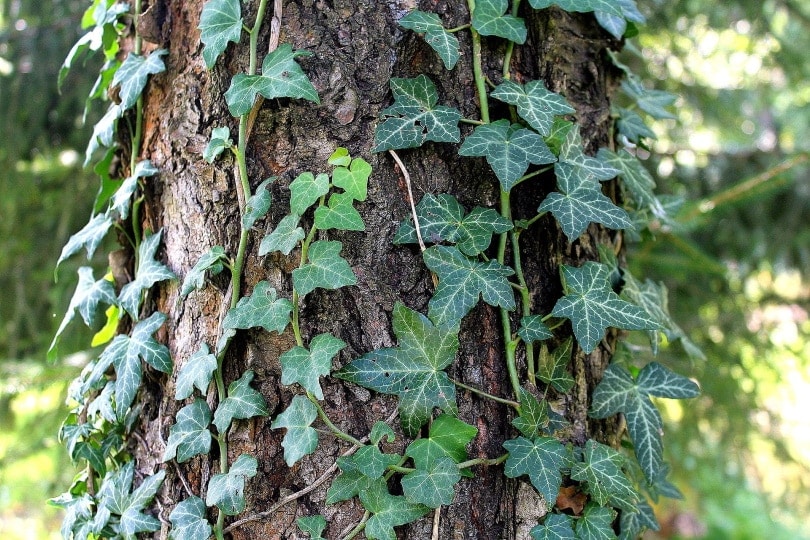
As a cat owner, it’s your responsibility to keep your pet safe. This includes being wary of anything that can cause harm to your cat, including some houseplants that are toxic to cats. If you’re wondering if ivy is toxic to cats, that depends. Many ivy plants are non-toxic to cats, like Swedish ivy. But English ivy is toxic to cats1, according to the American Society for the Prevention of Cruelty to Animals (ASPCA)2.
Are you curious to know more about English ivy and how it affects your cat? Read on! This article goes over what to do if your cat eats ivy.
What Happens If Your Cat Eats Toxic Ivy?
If your cat eats some English ivy, they could become sick, depending on how much they ate. English ivy, which is also called common ivy and European ivy, can cause your cat to experience the following symptoms:
- Mouth and stomach irritation
- Swelling of the mouth, tongue, and lips
- Hypersalivation
- Vomiting
- Diarrhea
Many homeowners keep English ivy for its beauty and help clean the air. Like some other houseplants, this ivy can purify the air by removing particulates like mold spores and volatile organic compounds such as harmful chemicals found in cleaning products.
While you can’t deny its beauty and usefulness, English ivy leaves contain toxic chemicals that can harm pets and even kids if eaten. For this reason, you should not keep English ivy inside your home if you have a house cat.
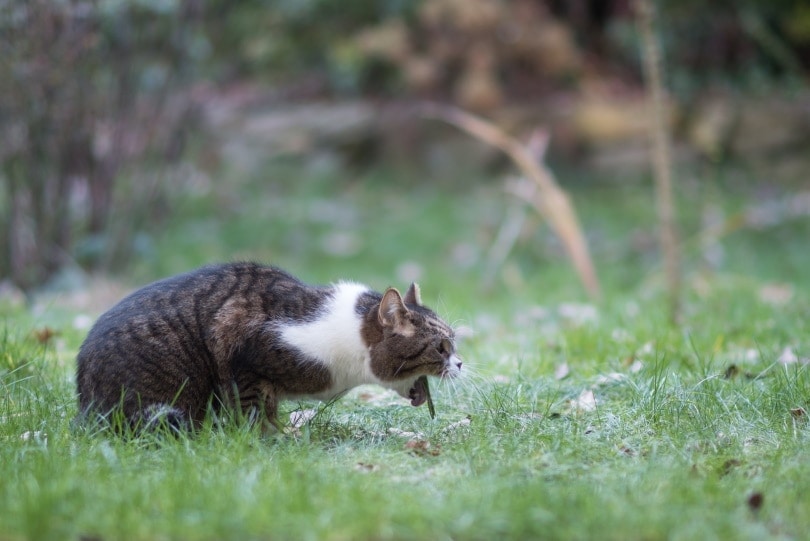
Many Plants are Harmful to Cats
If you love houseplants and have a cat, you should review what plants you have at home and do some research to find out if your plants are toxic to cats.
If you think researching plants that may be toxic to cats sounds like a daunting task best left to a botanist, we’ve got good news for you! The ASPCA has done all the hard work for pet owners like yourself. Check out this extensive toxic and non-toxic plant list3.
The easiest way to use the ASPCA’s list is to choose the option on the page that will bring up only the plants toxic to cats. Then, look to see if the plants inside your home are on that list. If so, remove the plants to keep your cat safe.
We recommend choosing the printable version of the list so you can have it on paper. This way, you can review the list whenever you feel like it and share it with family and friends who also have cats and houseplants. After all, sharing is caring, so warm up your printer and get to work!
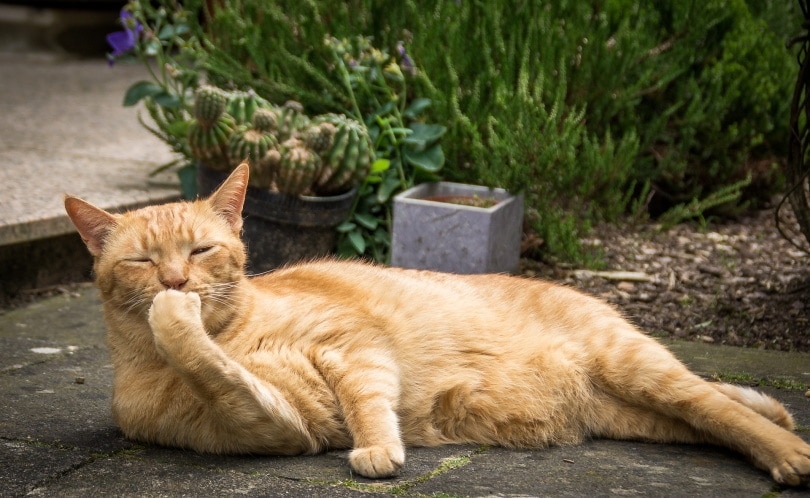
Treat All Houseplants with Skepticism
Of course, some common houseplants are considered “safe plants” for cats, like the Areca palm, Boston fern, spider plant, and African violet. However, if your cat is prone to eating plants and they eat a lot of any type of plant, they could become sick. Even though some safe plants for cats won’t kill your cat if they eat them, they could still get an upset stomach and not feel good.
To be on the safe side, use a healthy dose of skepticism when picking out houseplants. You should also be vigilant of your cat around any plants. As you know, cats can be very sneaky and stubborn. You can tell your kitty to stay away from a plant but as soon as you turn your back, there they are sitting in the pot!
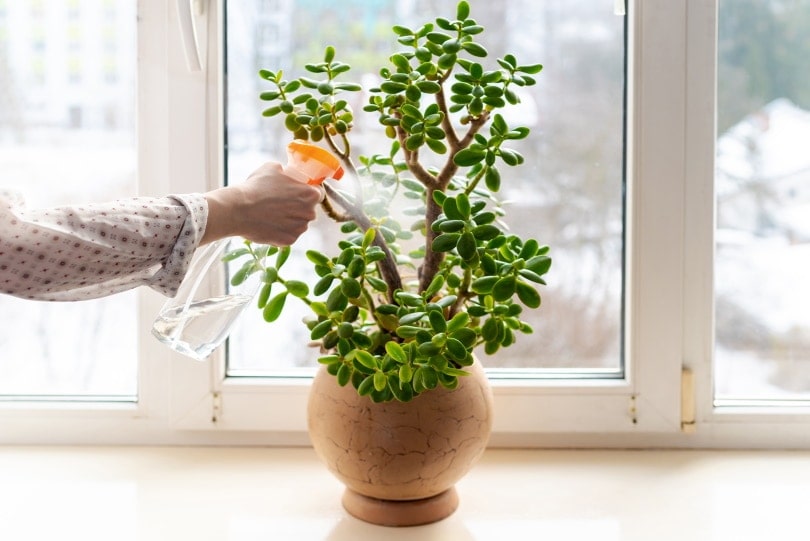
What to Do If Your Cat Eats a Toxic Plant
Call your veterinarian right away if you think your cat has ingested a toxic plant. You should know the name of the plant your cat ate because the vet will ask for it. It’s a good idea to collect a sample of the plant if possible, just in case.
Your vet will ask you how much of the plant your cat ate. You can also expect to be asked to describe any symptoms your cat has, like foaming at the mouth or vomiting. If your vet thinks your cat needs immediate medical care, you’ll be asked to take your cat to their office.
Because there is rarely an antidote for toxic plants, vets typically offer supportive therapy. This could include intravenous fluid therapy and/or anti-nausea medications.
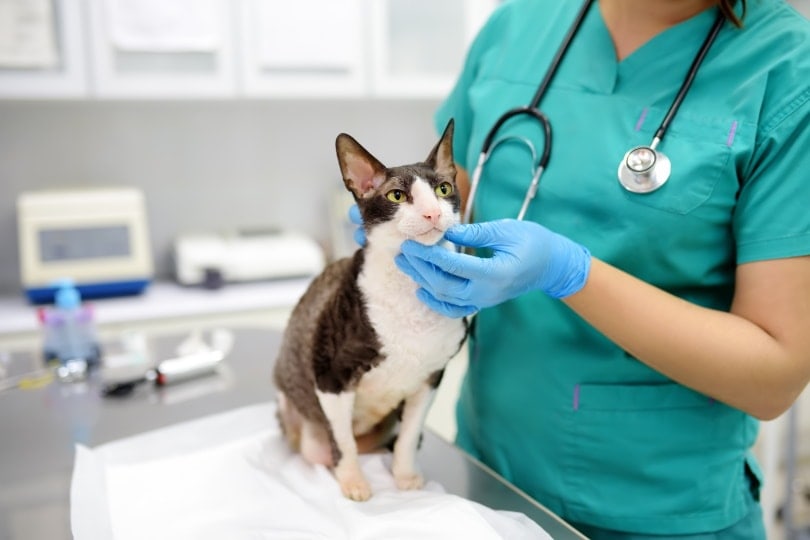
How to Stop Your Cat from Eating Plants
If your cat is prone to eating your houseplants, there are a few things you can do to curtail the behavior. Cats are very sensitive to smell so using a pet deterrent spray is a good plan. This type of product is simple to use as you just apply some to the plant’s pot. Your cat won’t go near it due to the unpleasant smell.
A very effective way to stop your cat from eating your plants is to make your plants off-limits. Place them in a part of your home your cat isn’t allowed to be in. If your cat has free reign of the whole house, place your plants high enough off the floor so they can’t get to them. Hanging your plants in baskets is a good idea, so be creative and place your plants out of reach of your cat!
Another great way to keep your cat away from your houseplants is to give your cat its own plant to admire and munch on. Two good options are some organic catnip and a batch of cat grass.
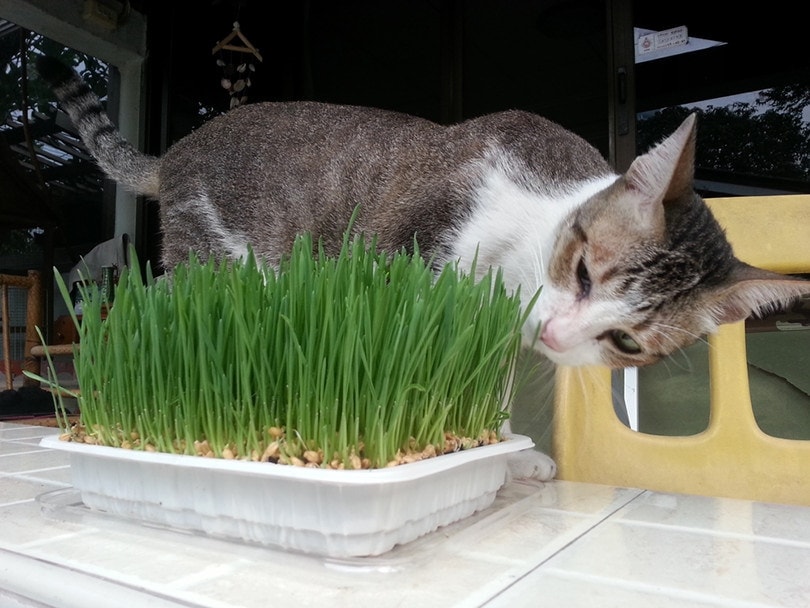
Final Thoughts
Having a cat doesn’t mean you can’t keep houseplants inside your home. You need to know what plants are safe and which are toxic to cats. If your cat does eat a toxic houseplant, get in touch with your vet right away for advice. Get to know your houseplants and follow the tips above to keep your kitty cat safe!
Featured Image Credit: Pixabay
